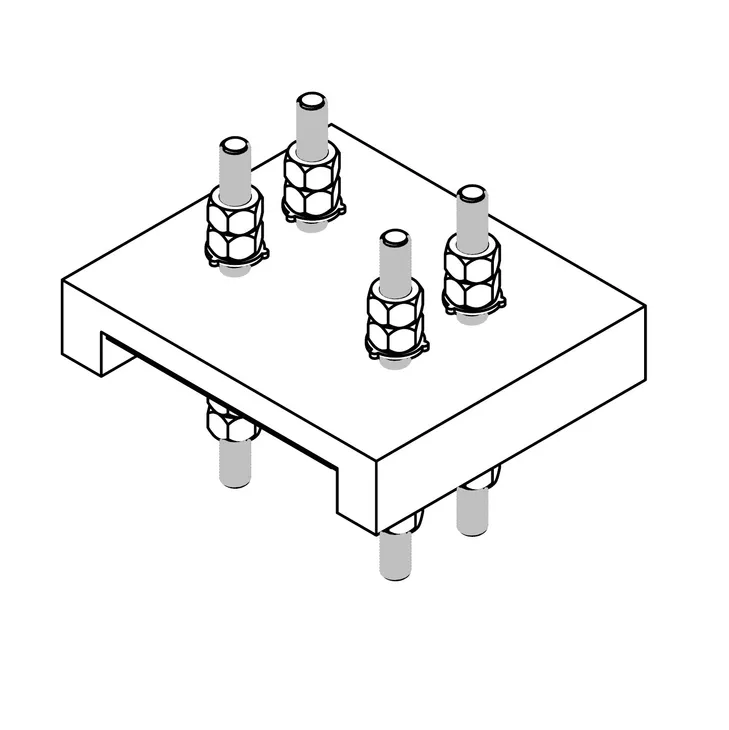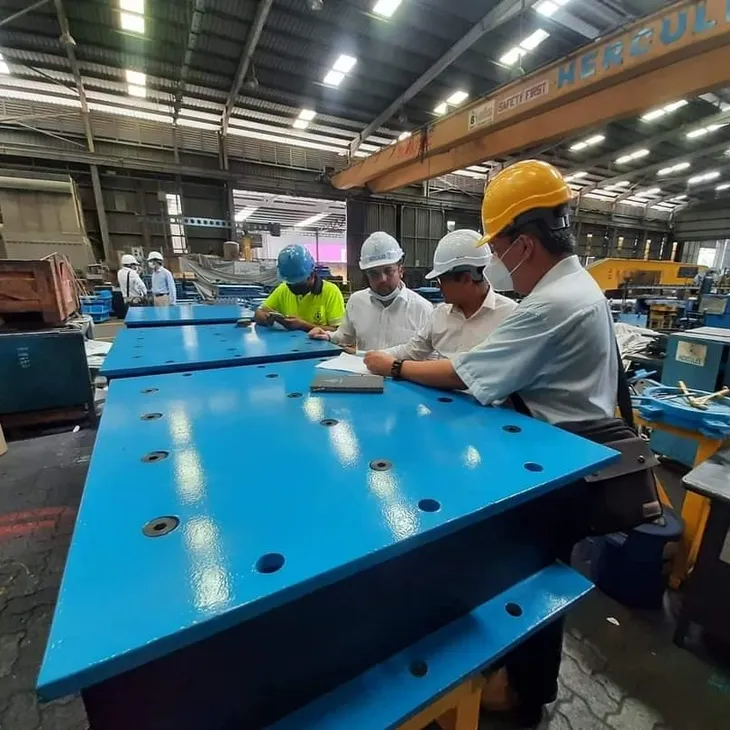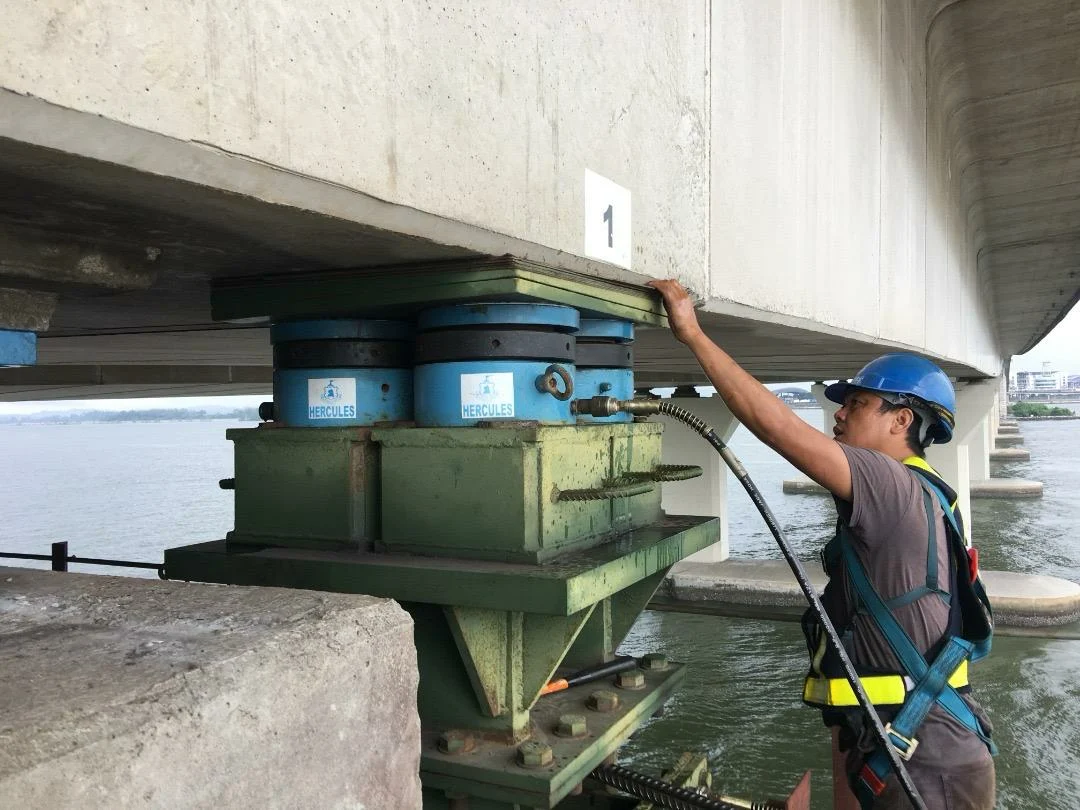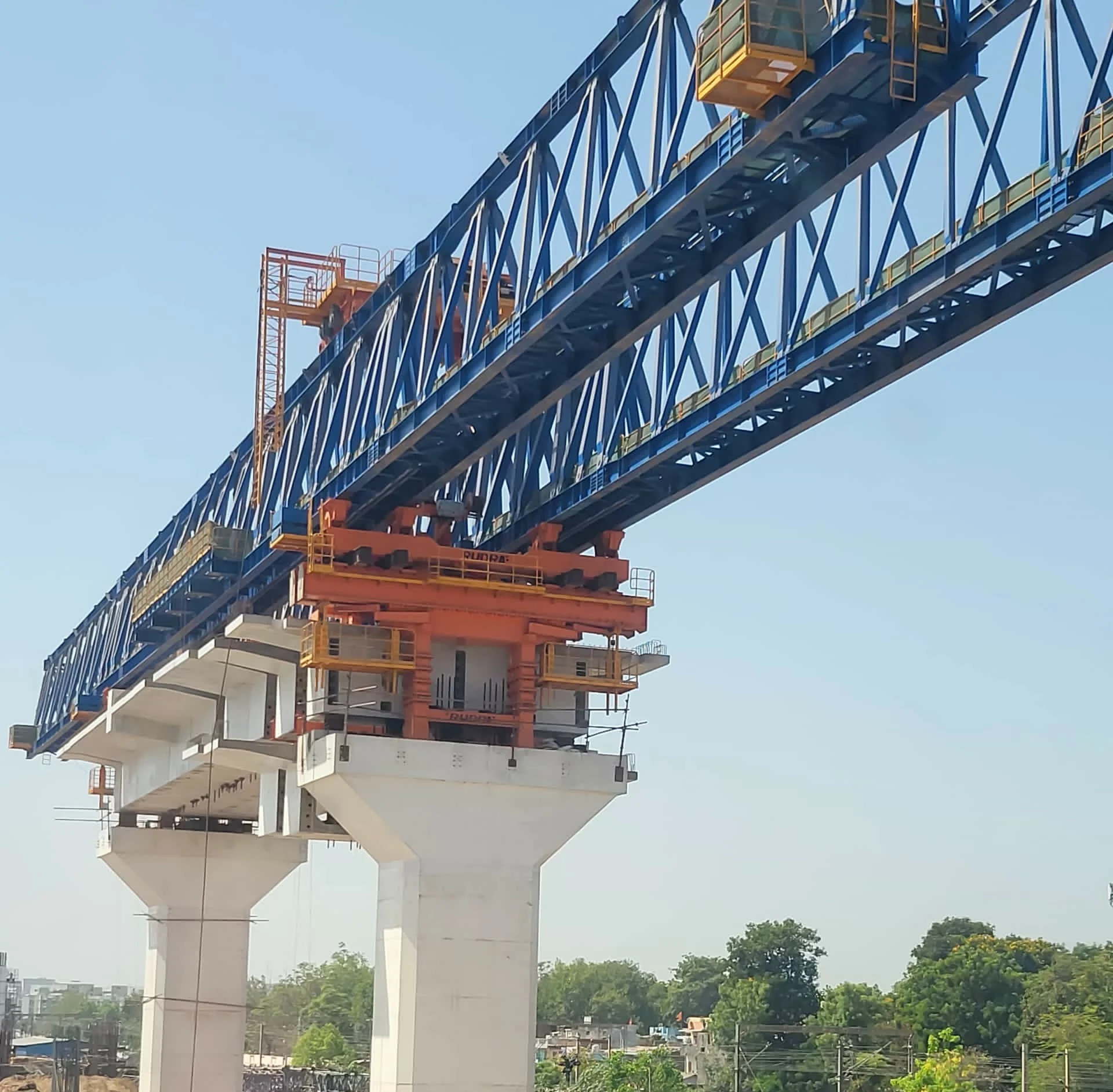Hercules Arrowhead Joint (HAJ)
Expansion Joint
Hercules Arrowhead Joint (HAJ)
The Arrow Joint System is a Structural Sealing Joint System for bridges, elevated highways, parking structures, stadiums, tunnels, water treatment facilities and other engineering structures.
Since 1972, This system has proven that it is the most durable, versatile, cost effective and watertight small movement expansion joint system in the industry.
RAPID TURNAROUND - The Arrow Joint System is not just another expansion joint. The advantage or rapid turnaround, coupled with durability and versatility, has led the engineering community to specify the Arrow Joint System for hundreds of thousands of linear feet of expansion and isolation joint installations
around the world, in an endless variety of markets.
SUPERIOR ISOLATION JOINT SEAL - The Arrow Joint System can be installed as an isolation joint where other expansion joints may fail to perform. When the design calls for the movement of different structural elements as well as a watertight expansion joint, the Arrow Joint System is most often chosen.
Unlike most conventional expansion joints, the Arrow Joint System has been designed to accommodate forces associated with multi-directional movements. It is also resistant to hydrostatic pressure where other expansion joints are not. Therefore, it can be used as an isolation joint to allow for the combination of shear, rotation and skew movements, while acting as a watertight expansion and contraction joint seal.
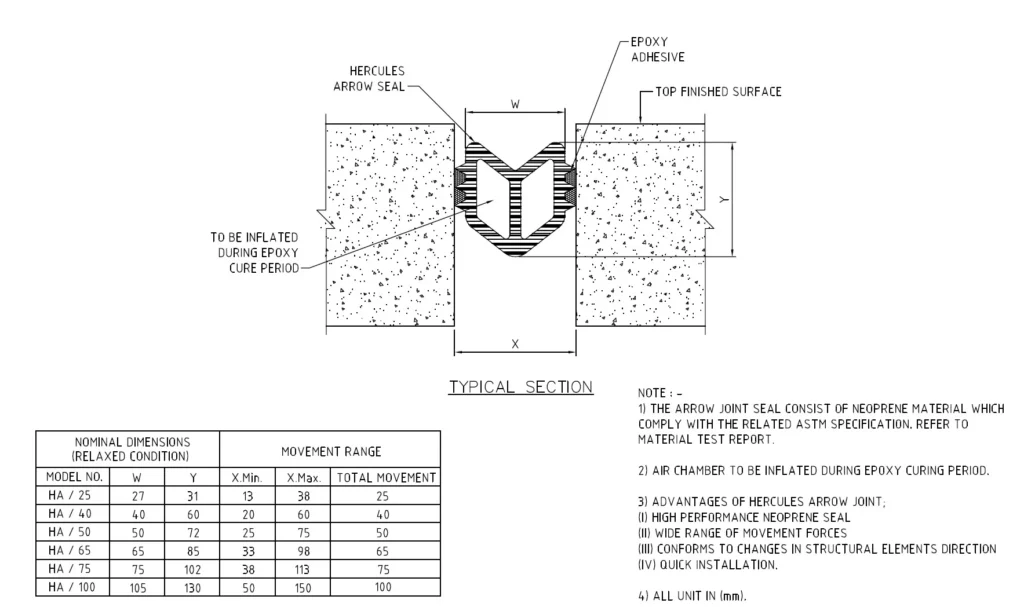
Design Features
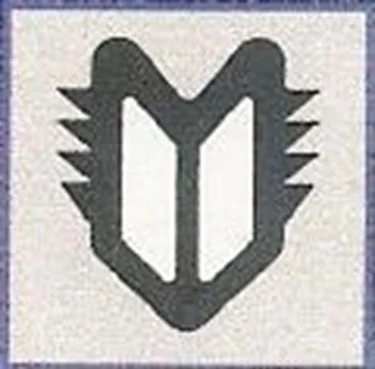
NEOPRENE PROFILE – The Arrow Joint System profiles have been engineered from a tough and durable neoprene (synthetic rubber) material that is precision extruded to exact design tolerances. These profiles have outstanding resistance to degradation from ozone, weathering, oils and most other chemicals. The sidewalls of each profile are extruded with multi-raised ribs. The ribbing maximises the available epoxy adhesive surface bond area.
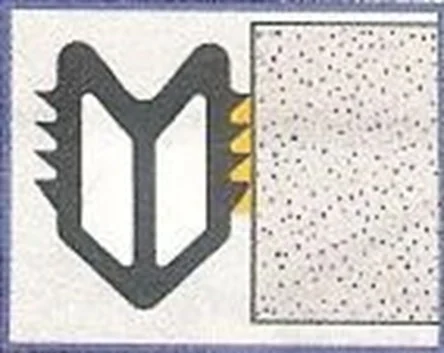
EPOXY ADHESIVE – The epoxy adhesive is a two component, solventless, non-sag adhesive, which was developed especially for bonding the neoprene profile to concrete, steel and other dissimilar materials. The advantage of the epoxy adhesive over conventional mechanical anchors is that it transfers the compression, tensile and flexural stresses uniformly along and across the bondline.
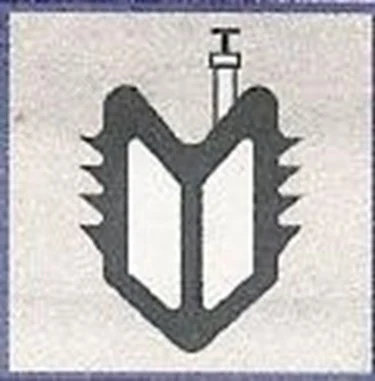
PRESSURISATION – Prior to installation, the sidewalls of the actual joint and the ribbed area of the neoprene profile are coated with the non-sag epoxy adhesive. The neoprene profile is then placed into the joint gap and aligned. After alignment is complete, the neoprene profile is inflated with air. The air pressure expands the neoprene profile which forces the epoxy coated rib walls of the profile against the epoxy coated sidwalls of the joint and into the pores of the neoprene. As the profile expands against the sidewalls, excess epoxy adhesive is squeezed out and the profile conforms to the sidewalls, ensuring a watertight fit.
Advantage
High Performance – When properly installed, the high performance Arrow Joint System will not tear away, protrude out of or slip down from its original position when exposed to repeated mechanical and thermal movements. In addition, the neoprene profile and epoxy adhesive protect the joint from abuse associated with dynamic movements and impact loads while remaining watertight.
Wide Range Of Movement Forces – The Arrow Joint System’s design inhibits water intrusion, while providing movement ranges from 66% to 100% of the profile width, depending on the expansion of the profile selected.
Conforms To Changes In Structural Elements Direction – The Arrow Joint System is extremely versatile; it will conform to changes including vertical and horizontal changes in elevations, cross-overs, Tintersections and joint gap dimensions. This versatility enables the Arrow Joint System to be installed in many applications where other expansion joints would fail.
Quick Installation – The Arrow Joint System was designed to facilitate rapid “return to service” of the structure. By minimizing downtime and improving productivity, structures can be fully operational in record time
Mechanical movements
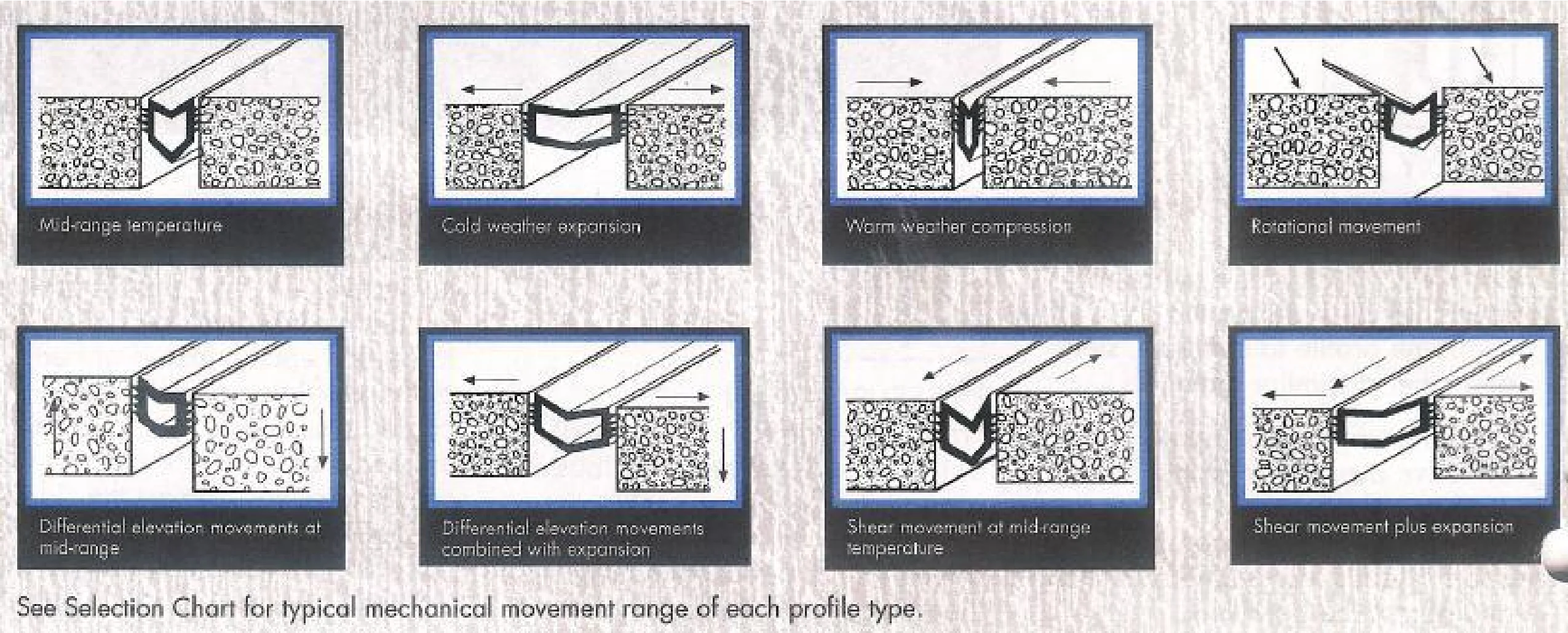
| Model No. | Horizontal Movement Range (m 1) | ||
|---|---|---|---|
| Min. (mm) | Max. (mm) | Total (mm) | |
| HA / 25 | 13 | 38 | 25 |
| HA / 40 | 20 | 60 | 40 |
| HA / 50 | 25 | 75 | 50 |
| HA / 65 | 33 | 98 | 65 |
| HA / 75 | 38 | 113 | 75 |
| HA / 100 | 50 | 150 | 100 |

